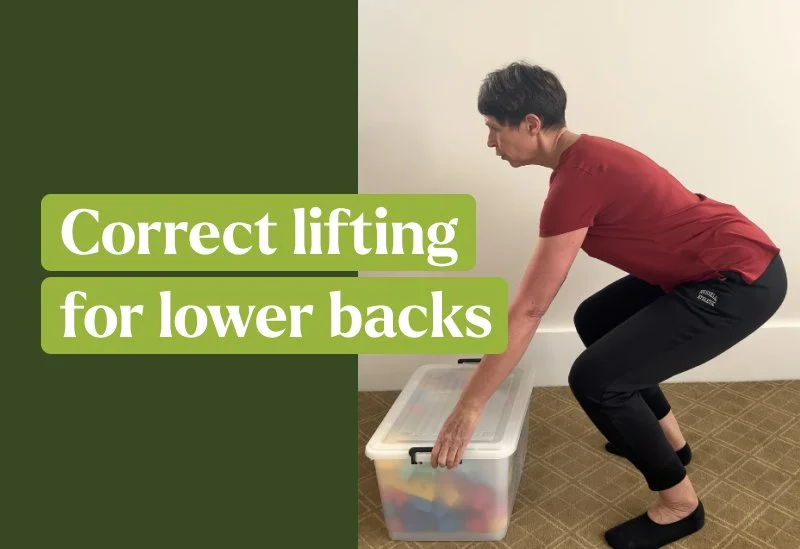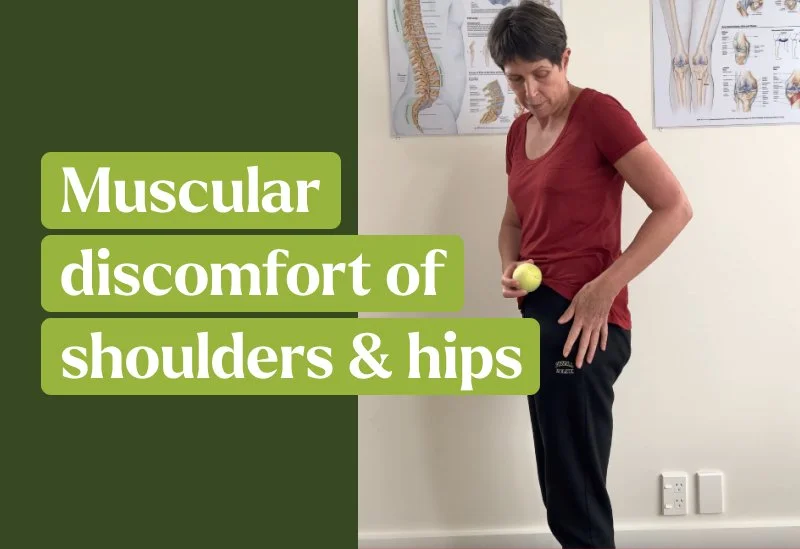FAQ’s
-
Osteopathy is a hands-on form of manual medicine which effectively treats a wide-range of conditions. It offers a natural, drug-free approach to treating pain and restoring function to structures of the body so you can get back to doing the things you love. Unlike other physical therapies which focus only on the site of pain, osteopaths take a wider view, seeking out the root of the problem. Treatment addresses not only symptoms, but the cause of the issue, and health of the whole person.
-
Osteopathic medicine was founded in the late 1800s by Dr Andrew Taylor Still, an American physician and surgeon. He became disillusioned with the orthodox medical practices of his day which he found to be frequently ineffective and at times, harmful. He developed a system for treating the musculoskeletal system that spared patients the negative side-effects of drugs.
-
Osteopaths are primary healthcare providers and no referral is needed to come for treatment. For your convenience, we offer easy online booking. www.greenlaneosteopathy.co.nz/book-now
-
Yes, if you suffer an injury as a result of an accident, your osteopath can lodge a claim with ACC on your behalf. If ACC’s injury criteria are met, the claim will be lodged recording which areas of your body have been hurt (yes, ACC has a code for every part of the body!). Your osteopath is then able to treat these areas to help you recover from your accident. If you are unsure if your injury is covered by ACC, please feel free to contact us.
-
Your presenting complaint will be explored and a thorough case history taken as pre-existing health conditions and lifestyle factors can affect how quickly you recover. A physical examination, which may include tests used by orthopaedic surgeons, along with specialised osteopathic assessments, will be conducted so that treatment can be individualised for you – no two people (their necks, backs, shoulders, etc.) are the same. Following treatment, findings will be discussed and what you might expect going forward.
While infrequent, with osteopathic treatment there is the potential for a short-term exacerbation of symptoms before benefits are experienced. To provide the most appropriate care, we take a thorough case history to ensure the best treatment outcome for our patients. You are encouraged to raise any questions you may have.
-
Osteopathy is for everyone, from babies to the elderly. The philosophical underpinnings of osteopathy are about finding and enhancing health, no matter the age or health status of a person.
Treatment techniques are selected according to the requirements of the person and may include firmer, direct techniques, joint mobilisation, gentle stretching, release of tight muscles, and very gentle cranial and balancing techniques. Osteopaths address the whole body: joints, muscles, ligaments, nerves and circulation so that when these are functioning in a balanced way, the body is better able to repair and heal. If appropriate, exercises and stretches to perform at home may be offered to complement treatment benefits.
-
Structural osteopathy, is a more dynamic treatment approach utilising techniques like soft tissue mobilisation (massage, stretching), articulation (repeated movements aimed to increase the mobility of a joint), and joint manipulation (clicking a joint). Treatment aims to improve range of movement, reduce muscular tightness, and promote blood flow through an area to promote healing.
Cranial osteopathy is a subtle, very gentle treatment approach involving only minor movement. “Cranial” is a bit of a misnomer because cranial osteopathy is used to treat all areas of the body, not just the head. In addition to treating the musculoskeletal system, it can be used to treat some visceral (organ) issues and may help in balancing the nervous and hormonal systems.
Injury, strain or stress (physical or emotional) is often recorded in the body as areas of tension with altered tissue quality. Cranial osteopaths use a highly trained sense of touch to identify these areas of strain and dysfunction. Very gentle but specific support is used to bring the dysfunctional tissues to a point of balance, and then hold them in a state of balance, until the body is able to let go and allow the strain pattern to unwind, permitting the tissues to return to a healthy state.
-
Patients do not usually need to remove any clothing for assessment or treatment. Wearing looser clothing is advisable so that your osteopath is easily able to move your body. Occasionally, you may be asked to remove an item of clothing to enable us to test or treat an area, although this can mostly be done by lifting rather than removing clothing. If you are uncomfortable removing an item of clothing, please let your osteopath know as treatment can still be effectively conducted fully clothed.
-
There is no requirement for you to commit to a course of treatment. How many times and how often you come, is your choice alone. At your initial consultation, prognosis and suggested further treatment will be discussed with you. Some people only want symptomatic relief with advice on how to manage their issue themselves, while others choose to get to the root of their condition.
The aim of the first treatment is to get a clear understanding of your issue, get you some immediate relief, along with advice of what to do, or not do. From experience, many issues can be settled in 3-4 treatments if no significant trauma is involved or the issue is not long-standing. Sometime 1-2 treatments may get you sorted!
Some patients chose to return for help with other issues, or for ‘maintenance’ treatments in managing chronic conditions. A patient once said “I carry out maintenance on my home and my car, now I am maintaining the vehicle that carries me through life”.
-
At Greenlane Osteopathy we believe gentle treatment can be effective and during treatment we constantly check-in with you regarding your comfort levels. We are aware that some people are more sensitive than others and therefore adapt treatment to suit you. While infrequent, with osteopathic treatment there is the potential for a short-term exacerbation of symptoms before benefits are experienced.









